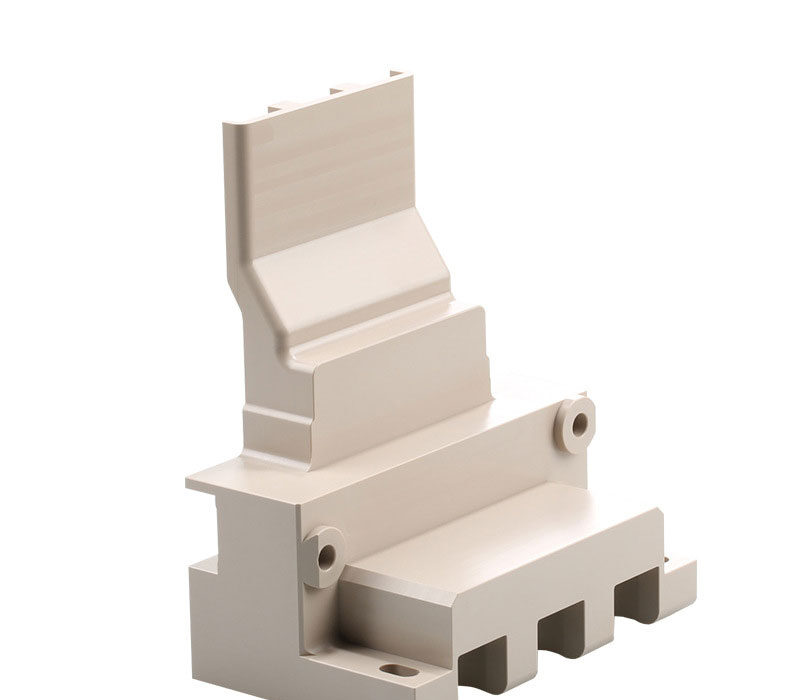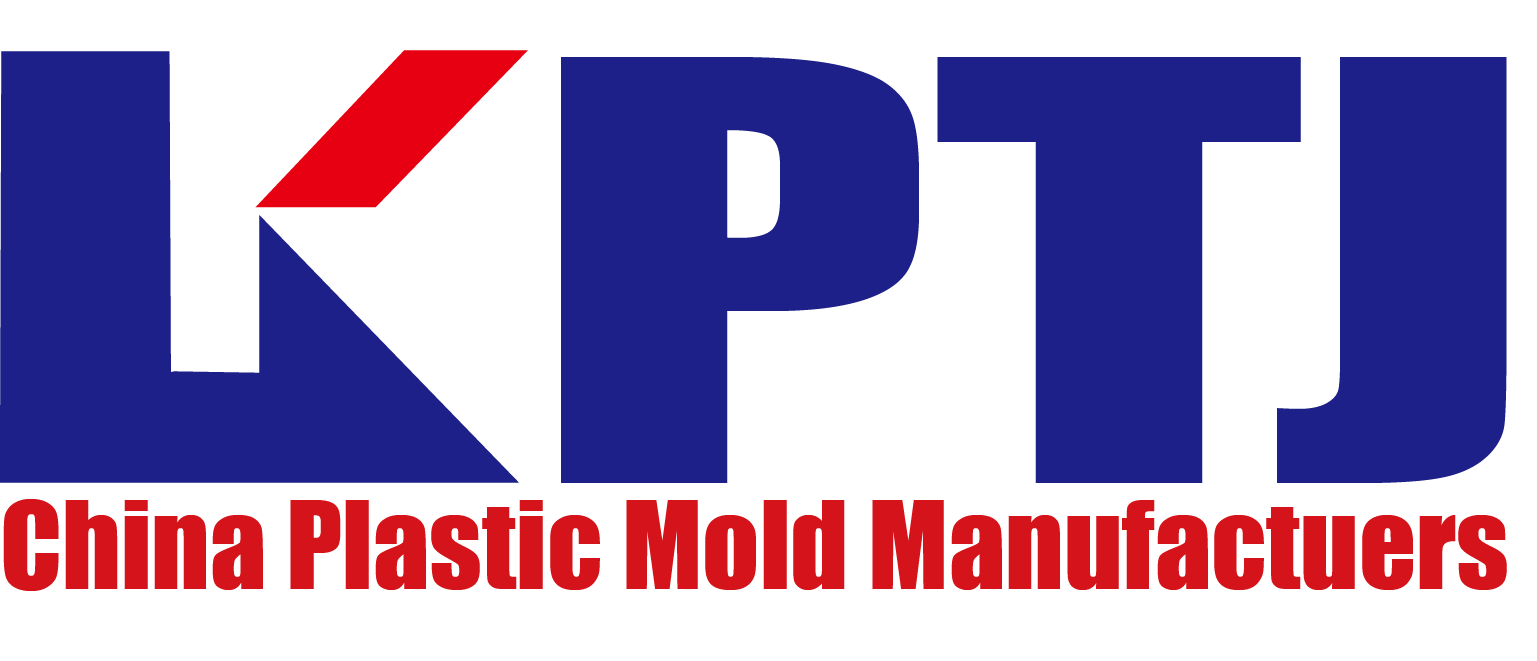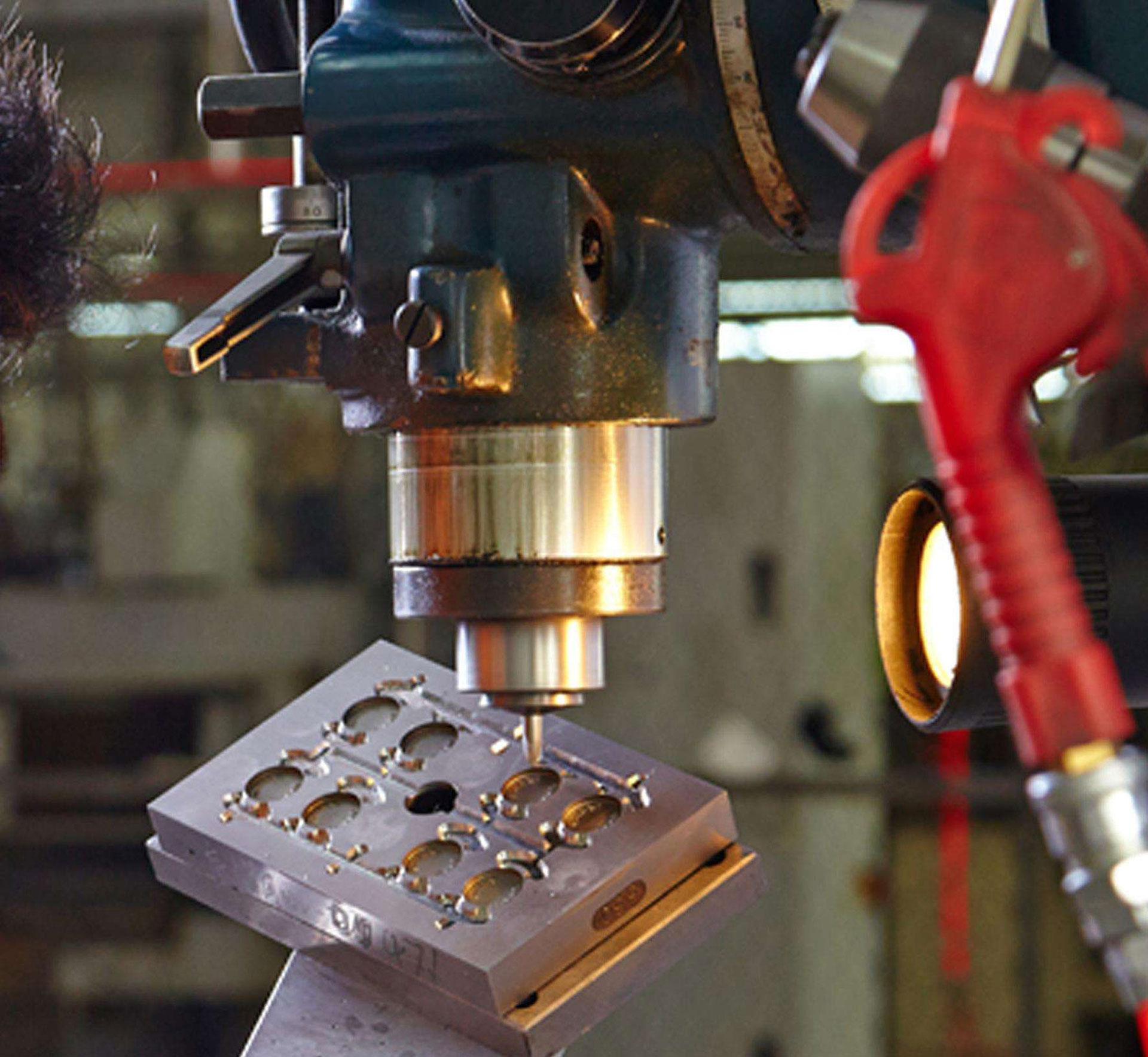Stress includes thermal stress and mechanical stress, which are mainly caused by mechanical, chemical, operational shock and heat. Explain several aspects after stress generation.
In the process of die casting production
- 1. A cooling temperature control system should be set up to keep the mold working temperature within a certain range.
- 2. During the production process, the mold temperature continues to rise. When the mold temperature is too hot, it is easy to produce sticky molds, and the moving parts fail to cause damage to the mold surface.
- 3. The mold should be preheated to a certain temperature before production. Otherwise, when the high-temperature metal liquid is filled, it will produce chilling, which will cause the temperature gradient of the inner and outer layers of the mold to increase, forming thermal stress, and cracking or even cracking the surface of the mold.
During the mold processing
- 1. The stress generated during steel quenching is the result of the superposition of the thermal stress during cooling and the tissue stress during phase transformation. The quenching stress is the cause of deformation and cracking. It must be tempered to eliminate the stress.
- 2. Improper heat treatment will cause the mold to crack and be scrapped prematurely, especially only quenching and tempering, without quenching, and then surface nitriding process, surface cracking and cracking will occur after thousands of die-casting.
In the process of plastic mold processing and manufacturing
- 1. EDM produces stress. A white bright layer rich in electrode elements and dielectric elements is produced on the surface of the mold, which is hard and brittle. This layer itself will have cracks and stress. High frequency should be used in EDM to minimize the white bright layer. It must be polished and removed, and tempered. The tempering is performed at the tempering temperature.
- 2. The quality of blank forging.Some molds produce cracks after only a few hundred pieces, and the cracks develop quickly. It may be that only the appearance size is guaranteed during forging, and loose defects such as dendrites, inclusion carbides, shrinkage holes, and bubbles in the steel are extended and elongated along the processing to form a streamline. The quenching deformation, cracking, brittleness during use, and failure tendency have a great influence.
- 3. Hardening steel produces grinding stress, frictional heat during grinding, softening layer and decarburization layer, which reduces the thermal fatigue strength and easily leads to thermal cracking and early cracking. After the h13 steel is finely ground, it can be heated to 510-570 ℃, with a thickness of 25mm for one hour for stress relief annealing.
- 4. The cutting stress generated during the final processing of turning, milling and planing, etc. This stress can be eliminated by intermediate annealing.



